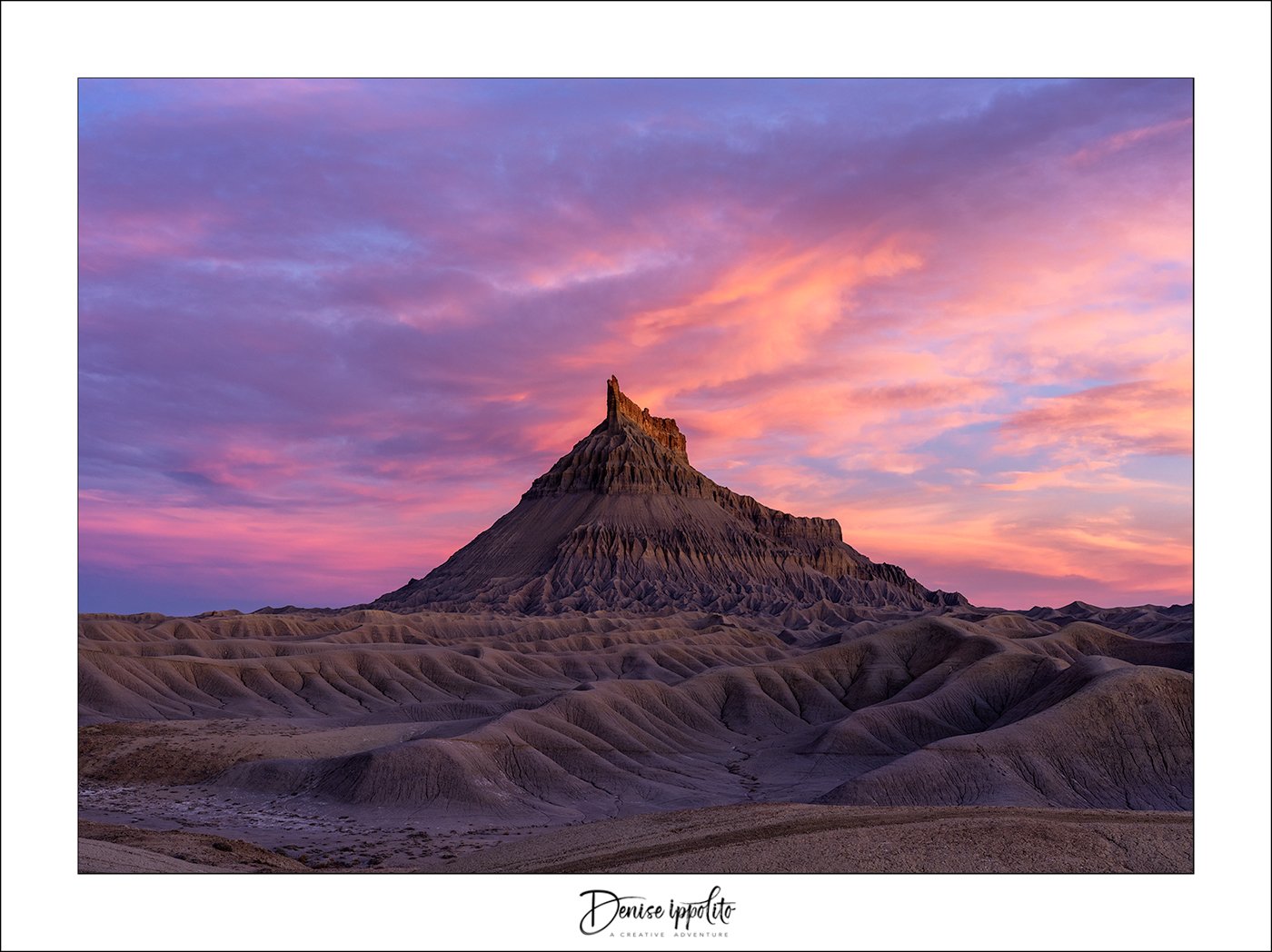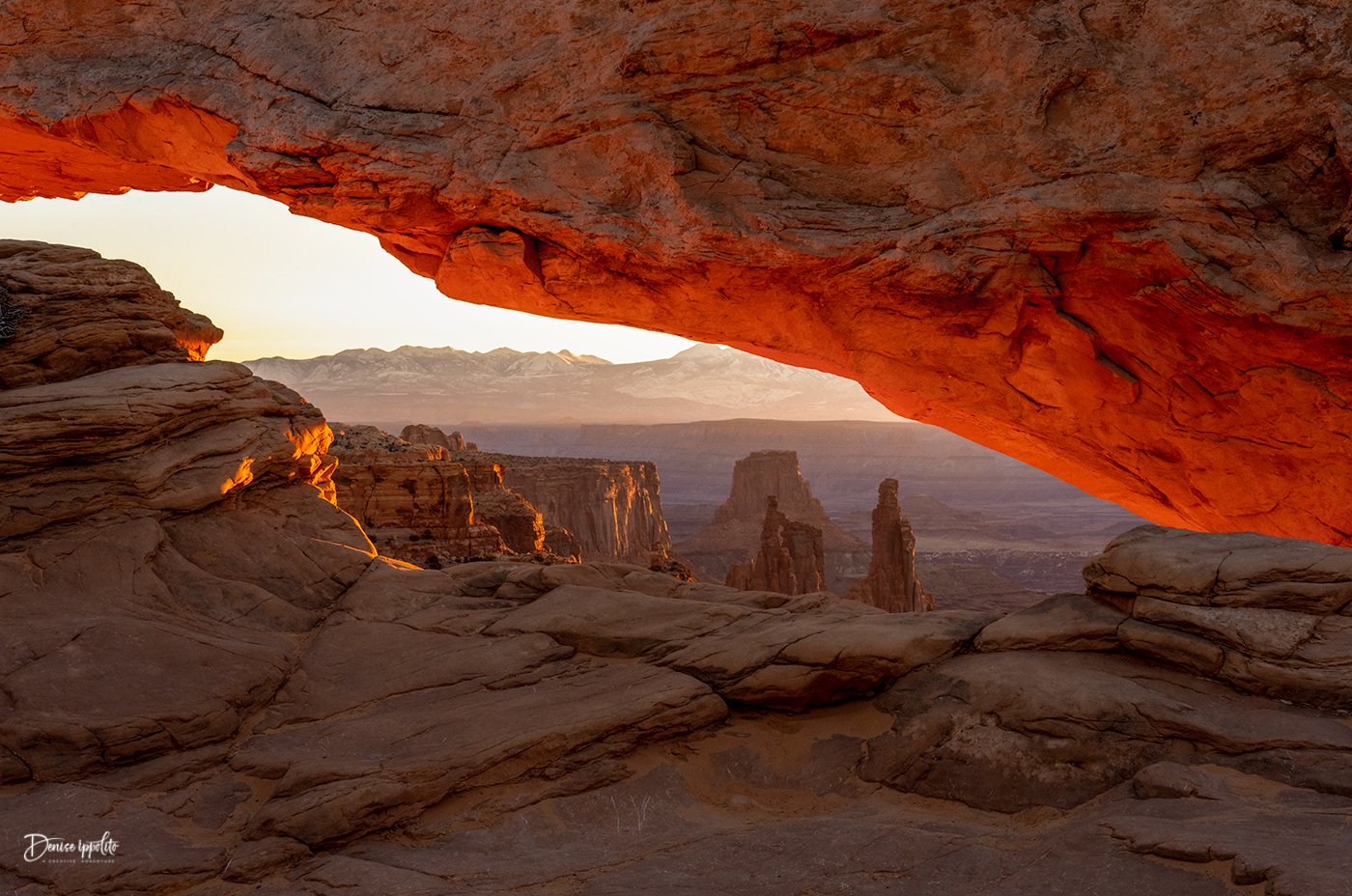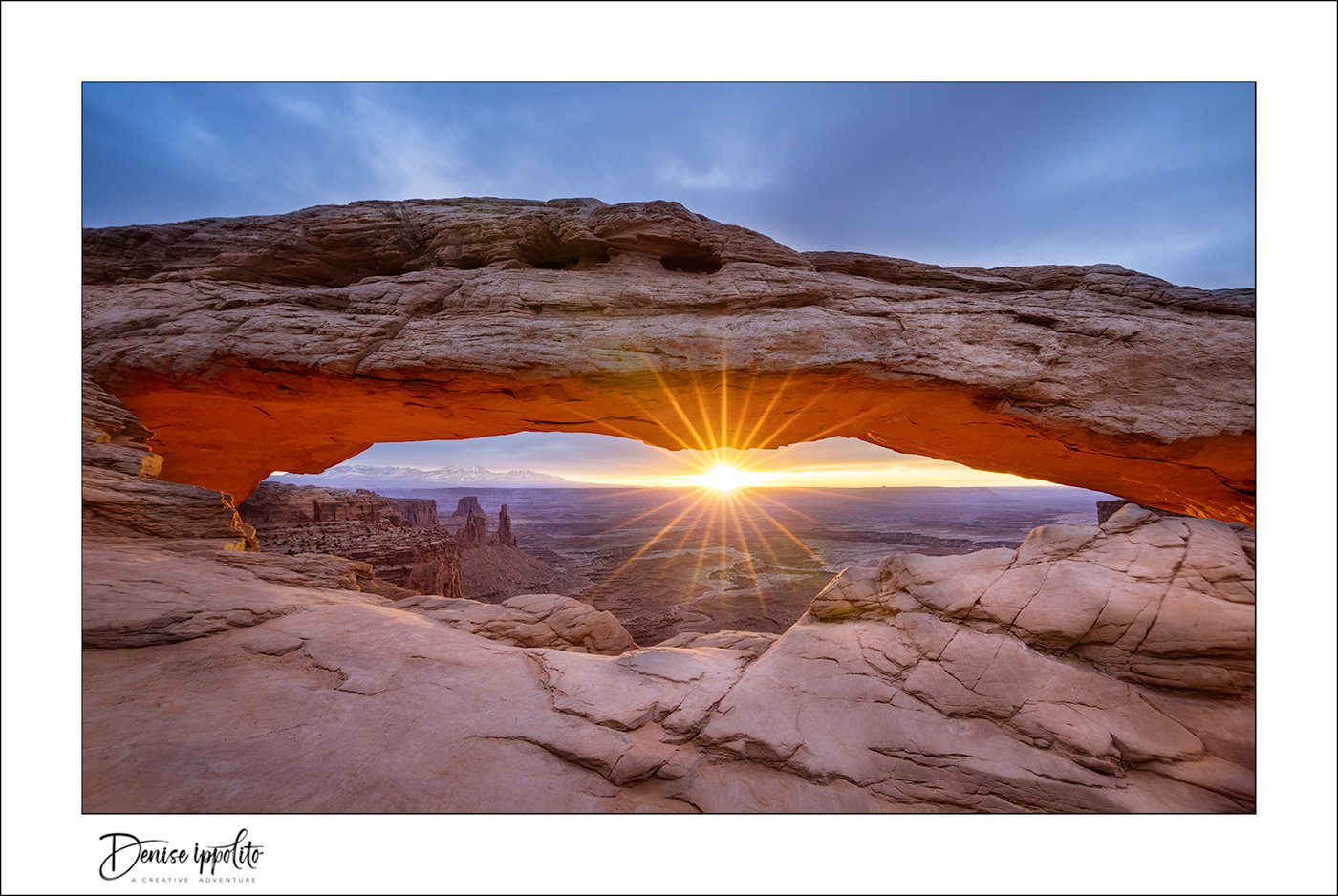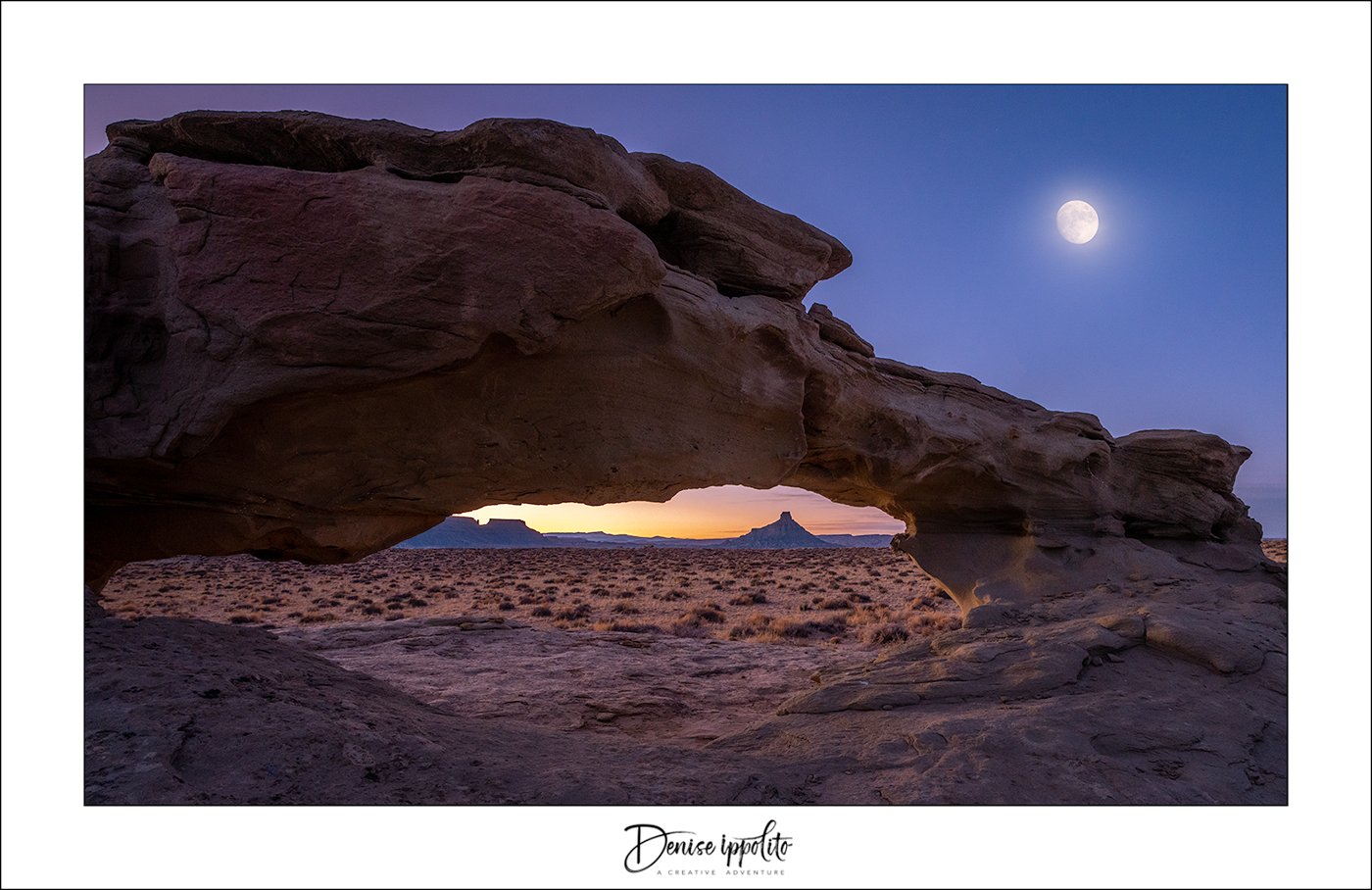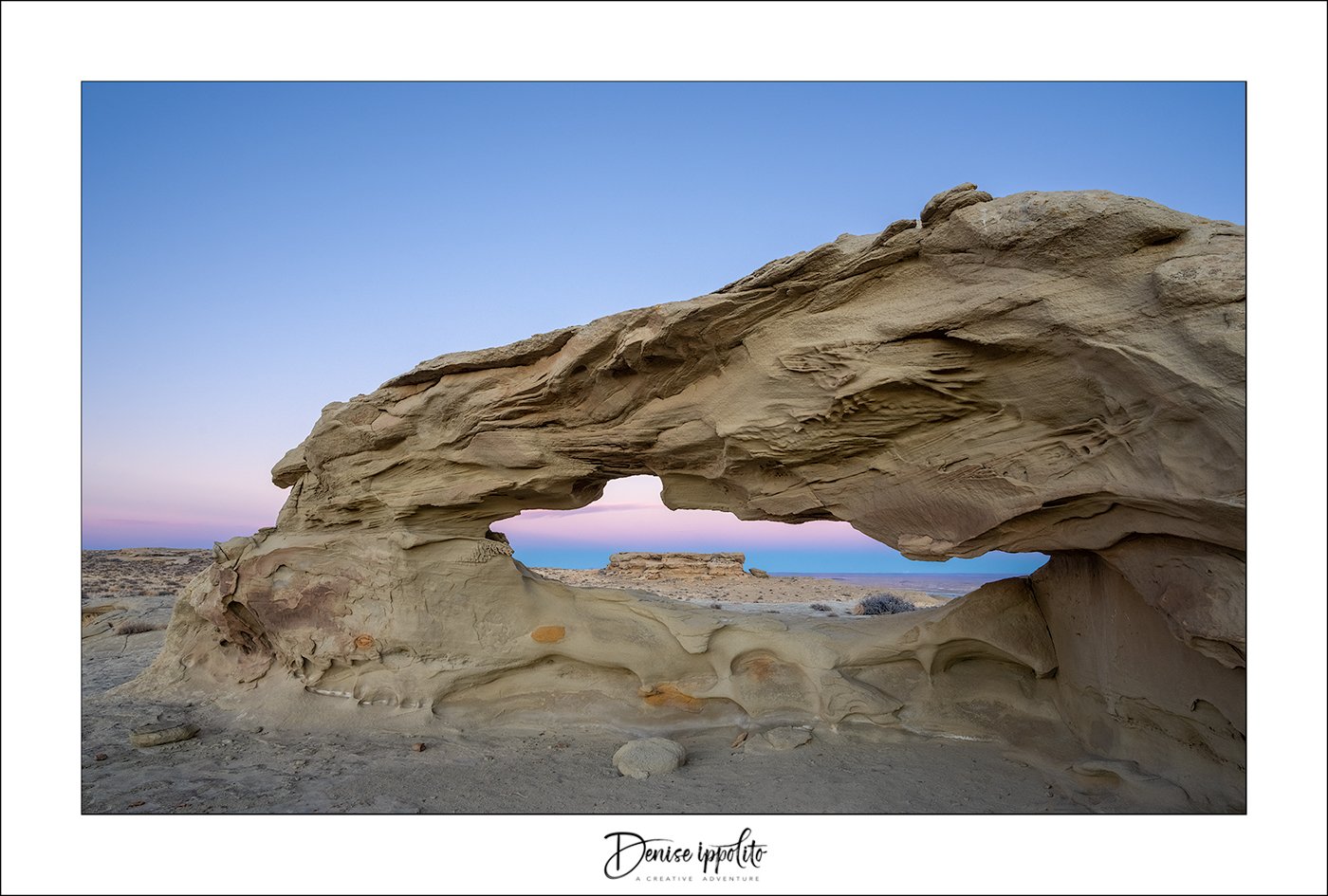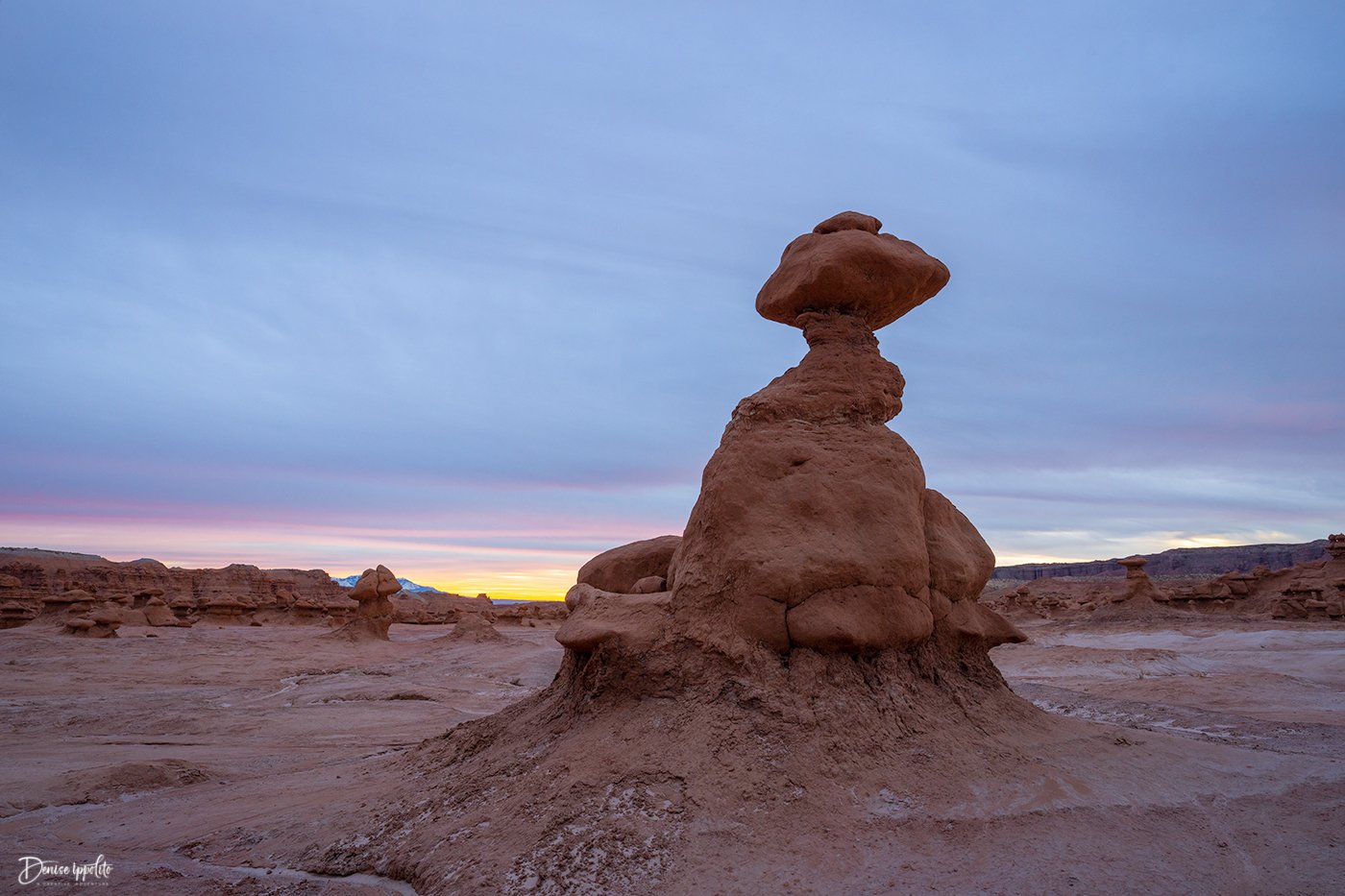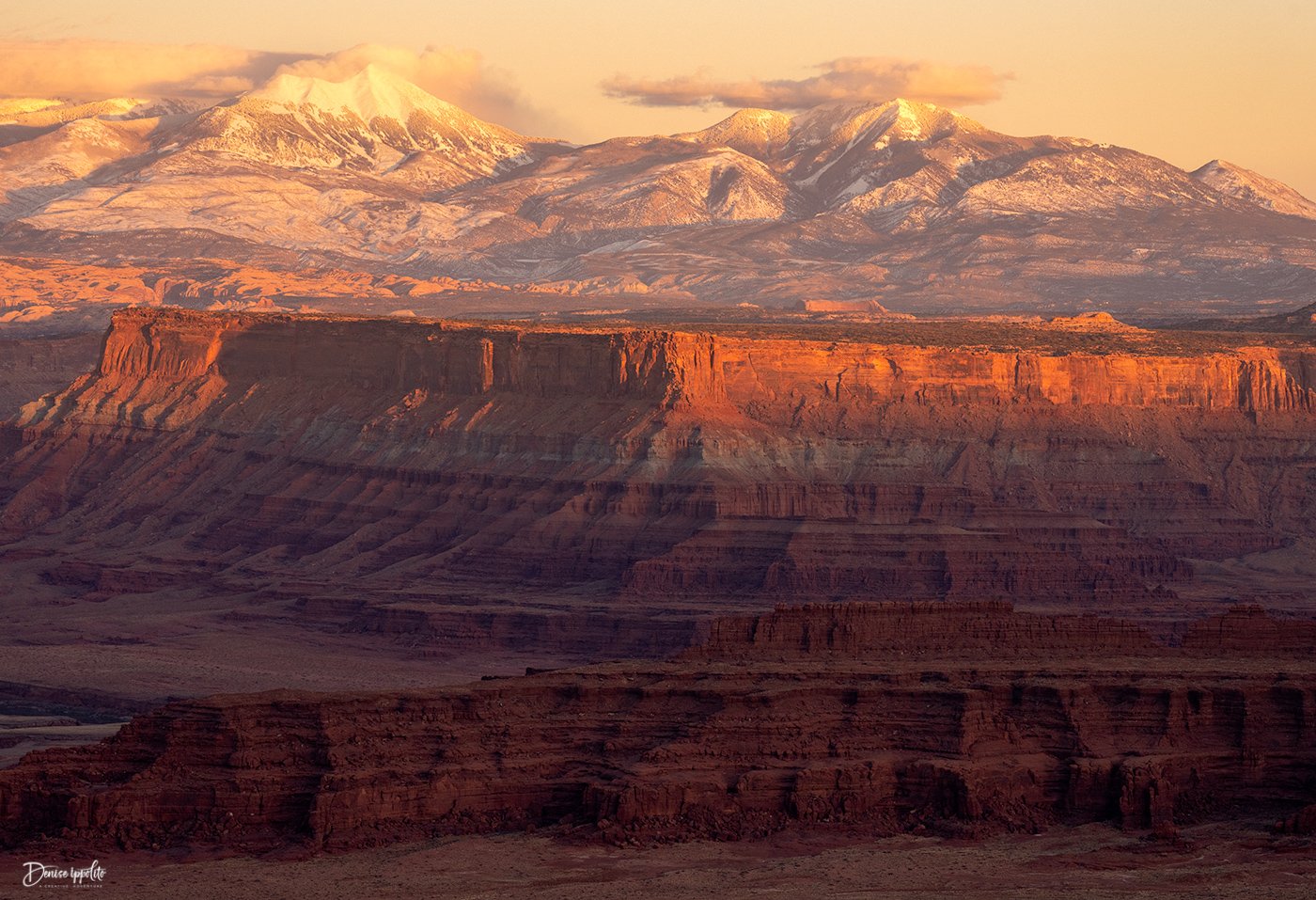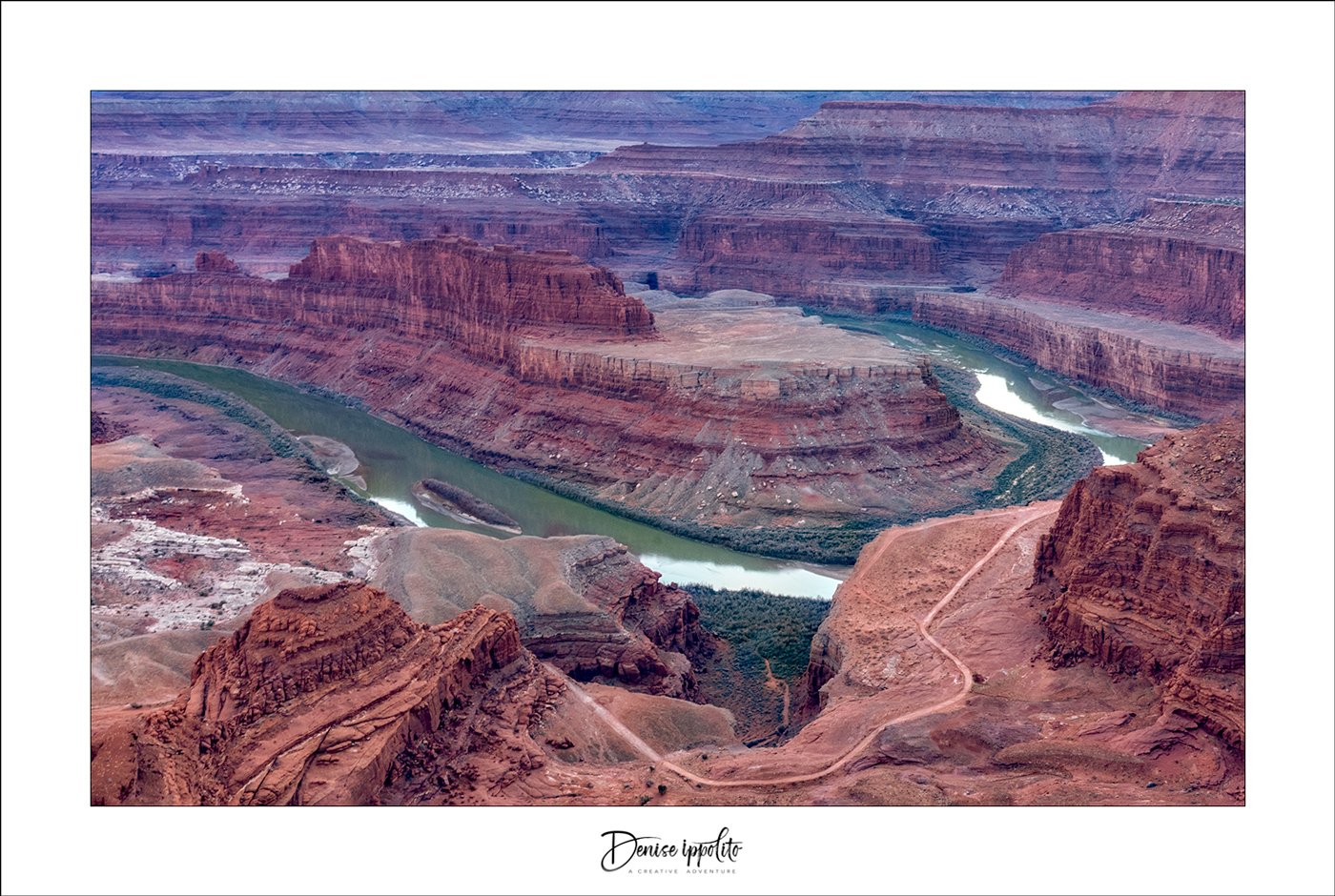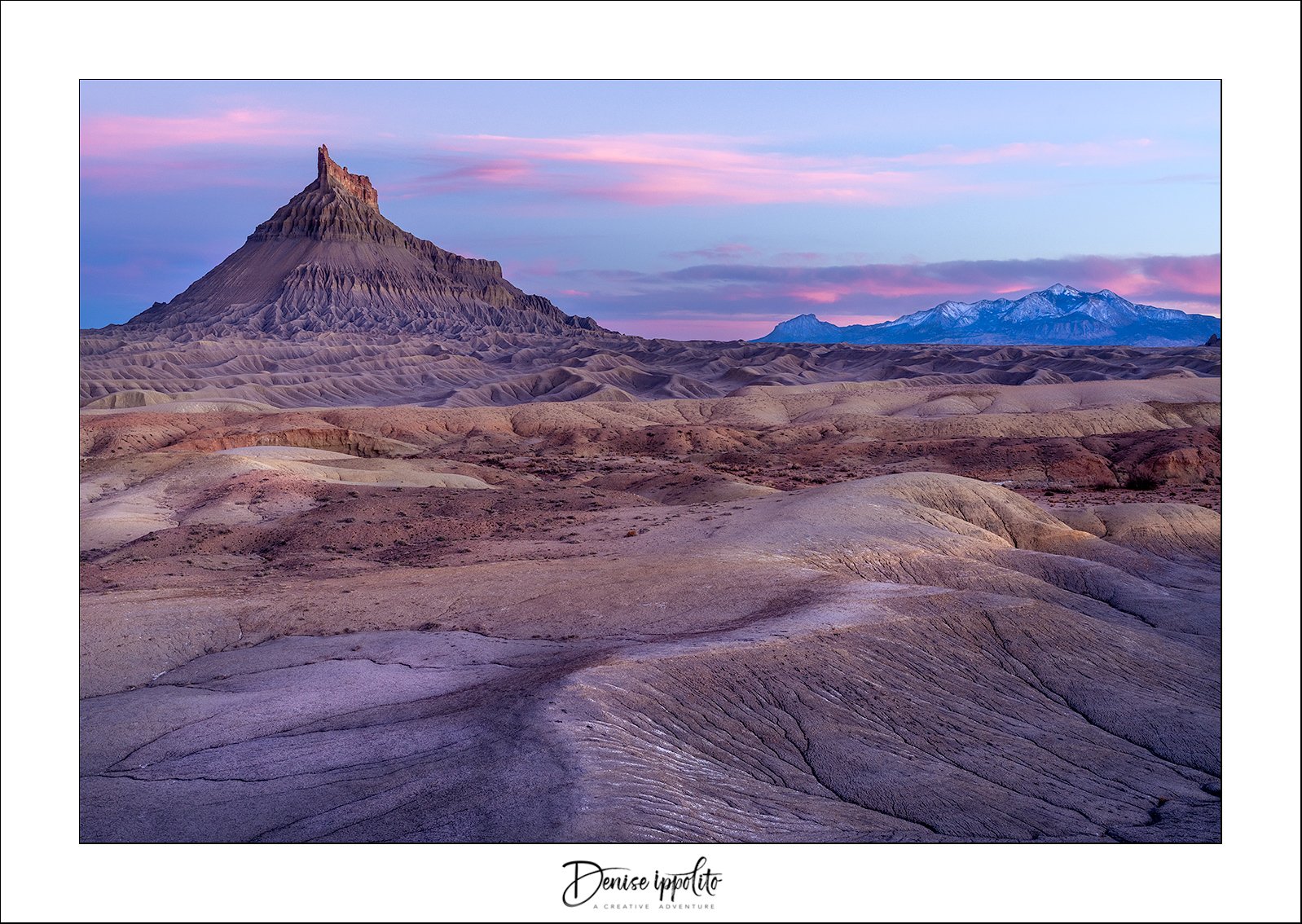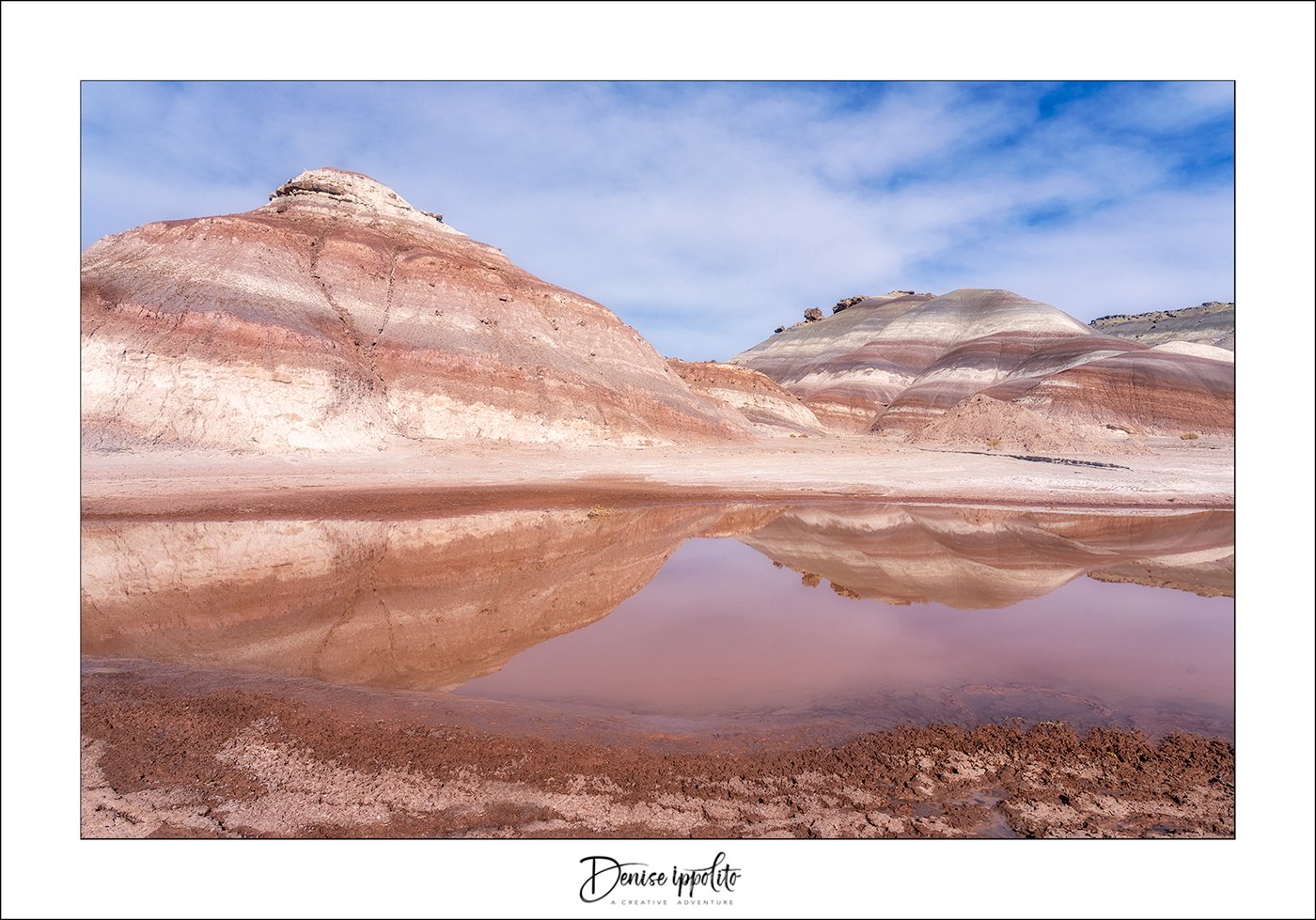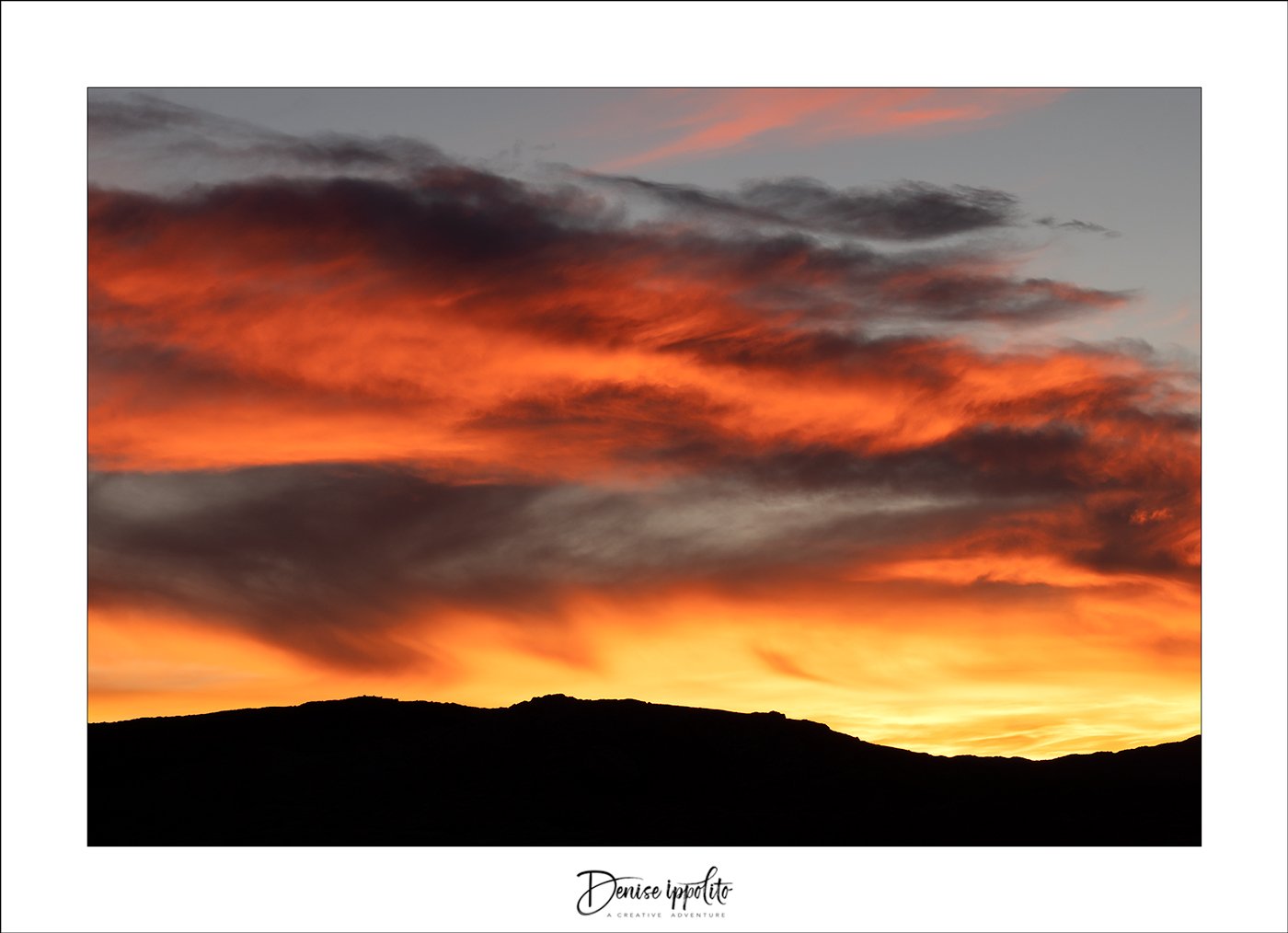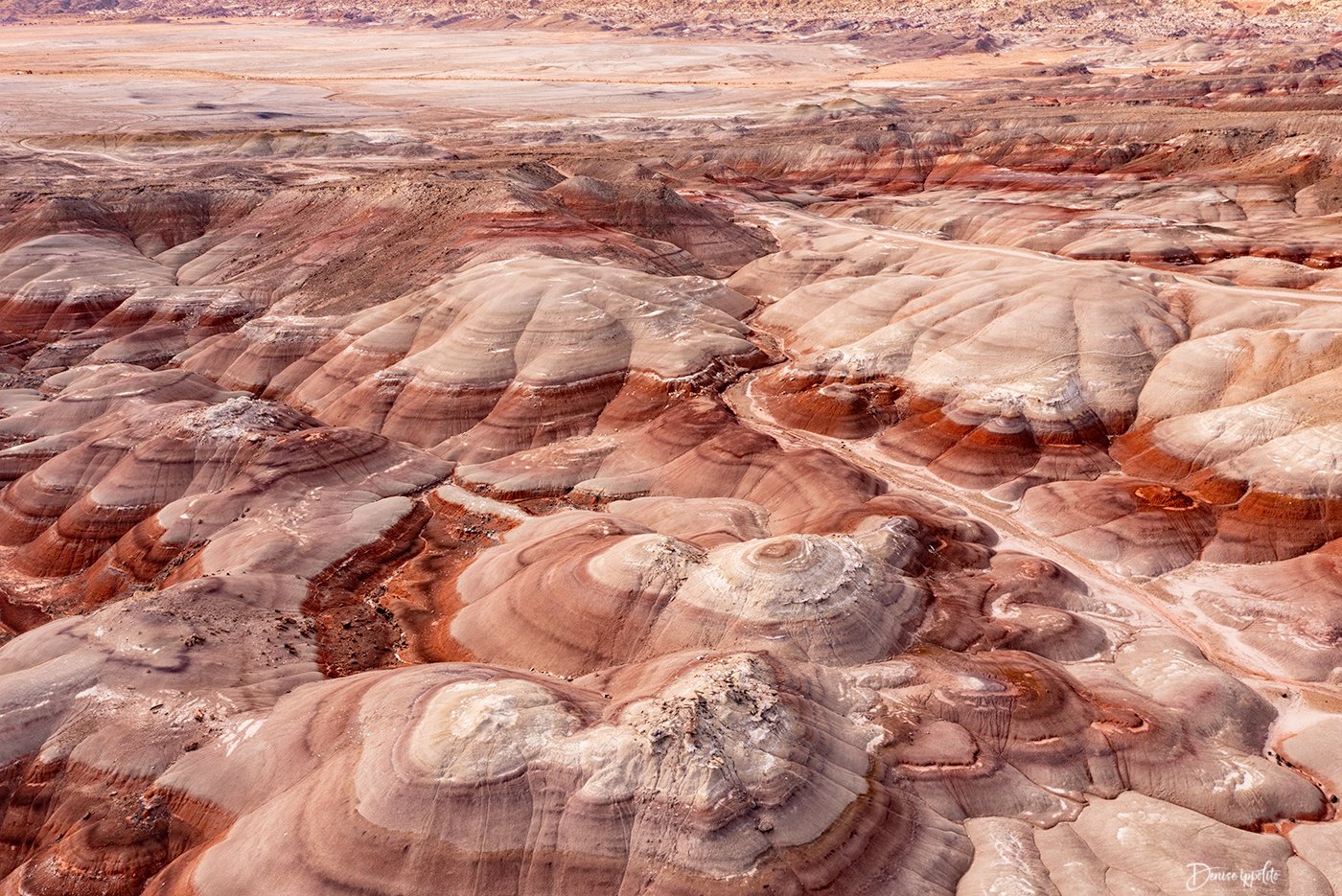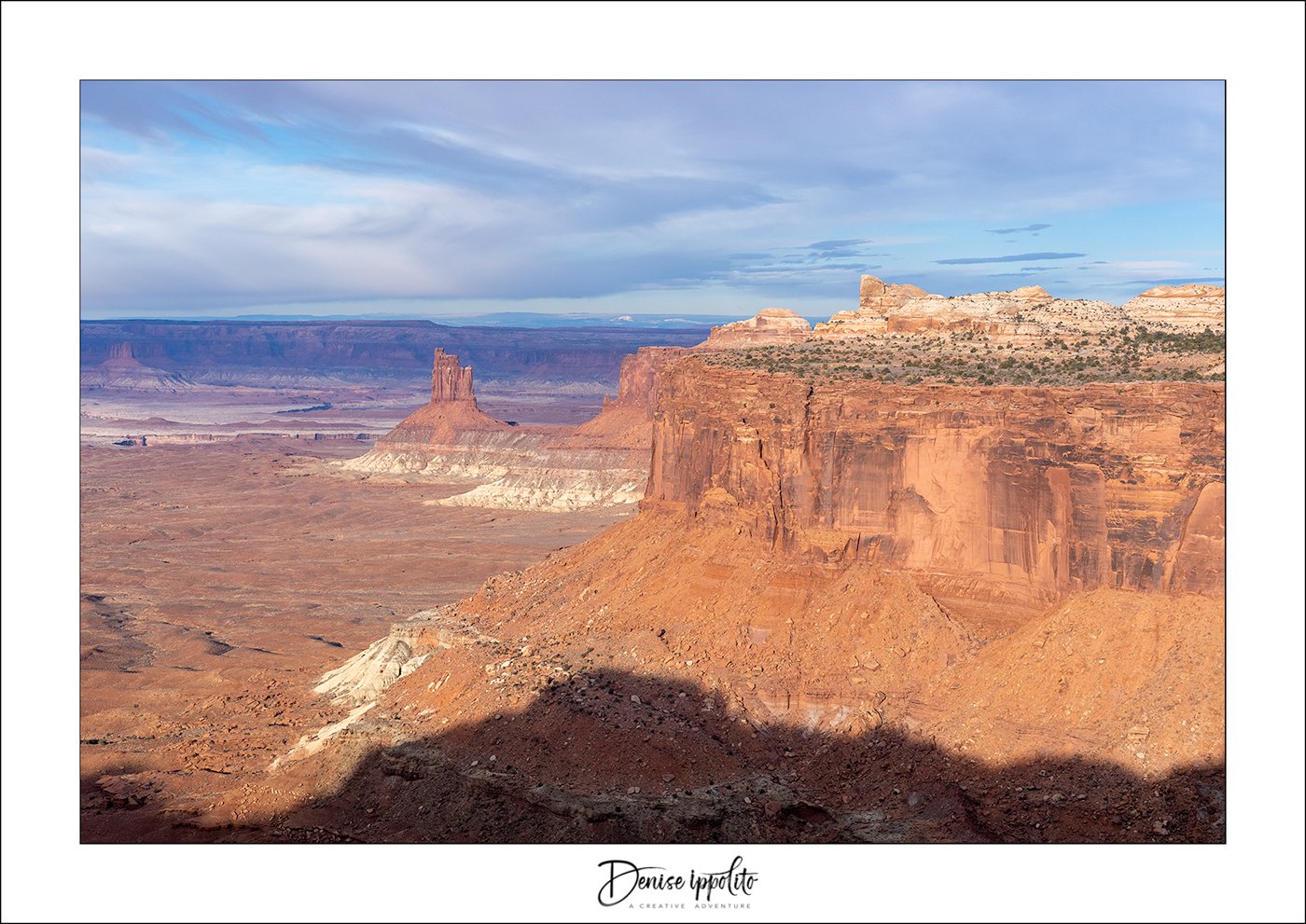In this new series, I am going to give some behind the scenes details for one image at a time. I’ll go over some of my settings, what I did in the field, why I composed it the way I did, or any other bit of information that I feel is relevant to the image. I will not be posting this series on Facebook, it is meant to be a bonus article for my subscribers.
During our 2023 Mara safari, we were fortunate to have spent some time with a beautiful cheetah named Nashipae with her 4 cubs. Nashipae was/is a very good mother. She made her fearless cubs walk miles and miles so that she could hunt. They still all had their mantles and their legs were quite short, yet they kept up as best they could. Except for one time when they stopped at a puddle for a drink and mom came over with a big smack in the face…tough love, but she knew that her cubs had a huge target on their backs, and she could not afford to let them play or rest. Fewer than one in ten cheetah cubs will survive during their first few months. Lions are one of the main predators that will kill the cubs and the Mara is swarming with lions.
On one of our photo shoots, we watched as she nearly walked her unsuspecting cubs right into the claws of a sleeping male lion. Knowing that the cheetah cubs were in danger and the species is in trouble, the Maasai guides formed a line with their trucks in an effort to keep the lion from seeing the cubs. Luckily for her the wind was in her favor, she could smell the lion, but he could not smell her. She changed her course, and I don’t think anyone was more relieved than me. It was a tense time for sure.
On this morning, she came into contact with a powerful leopard, our vehicle was the first at the scene. We weren’t 100% sure what was or would happen when we got there. At first, I thought that they might fight and roll around till the death but instead they had a stand-off. Our guide said that in a situation like that they usually don’t want to risk injury but if they had fought, the leopard would have won—even though the female cheetah would have fought with everything she had. The leopard probably knew that because she had cubs she would not be as easy to attack. Still, it was a gripping encounter. This is a backlit shot of Nashipae with two of her cubs that she went back for because they were lagging behind.
Just to give you an idea of how brave this cheetah mom was, she circled back to the leopard to give it the “what for” several times. It is during encounters like this that your heart breaks. Knowing the history of both cats made it so hard as I didn’t want any harm to come to either of them. But my fingers and toes were crossed for the cheetahs.
My camera was the Sony a1, Sony 200-600mm lens, and my settings were f/6.3 (widest I could go with that lens), ISO 1600, 1/800. sec. manual mode, evaluative metering, natural light, backlit, white balance set to shade (this gives a warmer look to morning shots—usually but not always).


